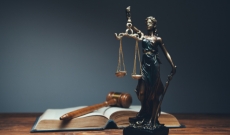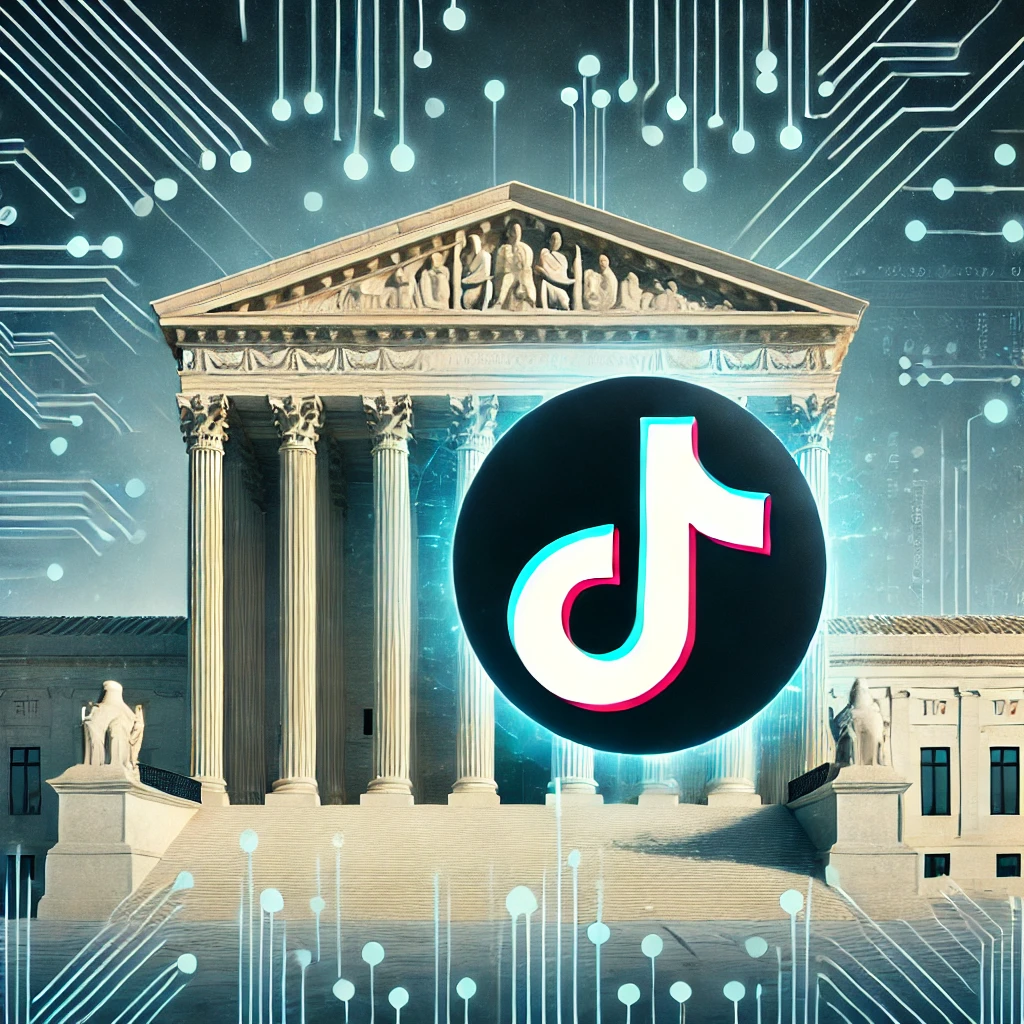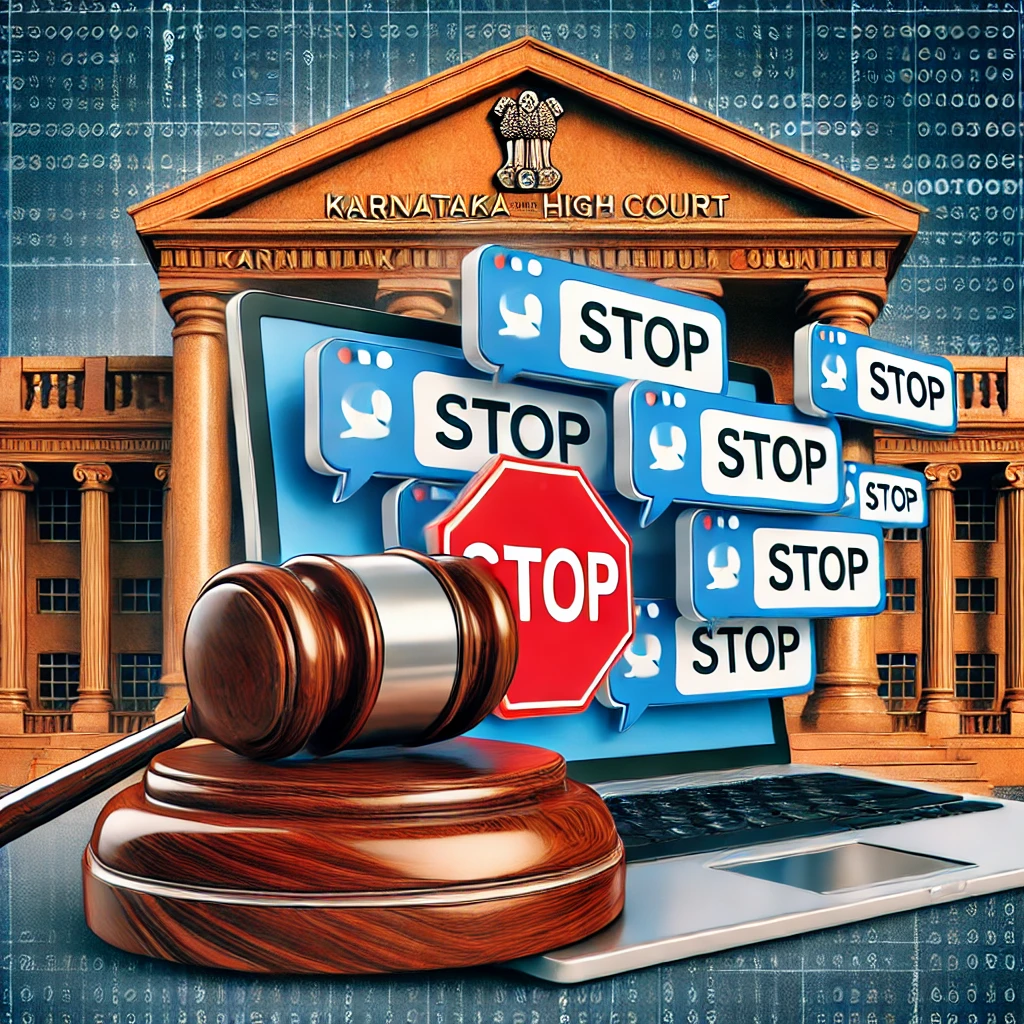Media laws at Zimbabwe
In Zimbabwe, media laws have evolved significantly, particularly under the leadership of Robert Mugabe and in the years following his departure. While there are constitutional provisions for freedom of expression, the reality of media freedom is much more complex. Over the years, Zimbabwe’s government has been criticized for limiting press freedom, imposing censorship, and using legal and extra-legal measures to control the media landscape.
Here’s an overview of the media laws and press freedom situation in Zimbabwe:
📜 Legal Framework
🏛️ Constitution of Zimbabwe (2013)
The Constitution of Zimbabwe guarantees freedom of expression and freedom of the media under Section 61. However, the Constitution also includes clauses that allow for restrictions on freedom of expression, particularly when it comes to issues such as national security, public order, and public morality.
Section 61 (Freedom of Expression) recognizes the importance of a free media and the role it plays in democracy, but media freedom is limited by laws that restrict speech deemed a threat to the state's interests.
📖 Access to Information and Protection of Privacy Act (AIPPA) (2002)
The AIPPA was one of the key pieces of legislation used during Mugabe's rule to suppress the media. Under AIPPA, the government had significant control over the registration and operation of media outlets.
AIPPA required media organizations to register with the Media and Information Commission (MIC), and it imposed harsh penalties for publishing content considered subversive or false. The law also provided for the restriction of foreign media and limited journalists’ rights to report freely.
The Act has been widely criticized for being draconian and was one of the tools used to silence opposition voices in the media.
📱 Public Order and Security Act (POSA) (2002)
POSA criminalized a wide range of activities, including incitement to public violence or disorderly conduct, which the government could interpret broadly. Under POSA, journalists, especially those covering protests or political opposition, could be arrested or prosecuted if their reporting was deemed to undermine public order or security.
POSA has been used to silence critical media and restrict reporting on politically sensitive issues.
🏛️ Broadcasting Services Act (2001)
The Broadcasting Services Act was designed to regulate television and radio services in Zimbabwe, but in practice, it has been used to control the broadcasting sector and limit media plurality.
Under the Act, private broadcasters were heavily restricted. Only the state-owned Zimbabwe Broadcasting Corporation (ZBC) was allowed to provide national broadcasting, and there were limited opportunities for private broadcasters to operate unless they aligned with the government's political objectives.
Community radio stations and independent broadcasters have faced significant difficulties in obtaining licenses, further concentrating media control in the hands of the state.
🏛️ Regulatory Bodies
📡 Zimbabwe Media Commission (ZMC)
The ZMC was established in 2004 under the Constitution to regulate the media industry in Zimbabwe. It was intended to serve as an independent body to oversee the operations of print, broadcast, and online media.
However, ZMC's independence has been questioned due to the government's influence over its decisions. The Commission's role includes regulating licensing, ensuring adherence to ethical standards, and issuing penalties for media violations.
Critics argue that the ZMC has been used to restrict rather than protect media freedom and to ensure that state interests are upheld.
📡 Broadcasting Authority of Zimbabwe (BAZ)
The BAZ regulates broadcasting licenses and ensures that broadcasters comply with national standards. In practice, however, the government uses the BAZ to limit the number of independent and private broadcasters.
BAZ is often criticized for denying licenses to independent broadcasters and using its authority to restrict access to airwaves for those critical of the government.
🚫 Censorship and Content Regulation
Zimbabwe's media landscape is shaped by a combination of censorship laws and government influence, with significant restrictions placed on content that could be seen as critical of the government or the ruling party.
Media Censorship and Restrictions:
Content Restrictions: Under laws like AIPPA and POSA, media outlets are restricted from publishing anything that could undermine national security, promote violence, or spread false information. These laws have been used to block critical reporting on the government, political opposition, and human rights abuses.
Self-censorship: Due to the threat of prosecution and persecution, many journalists in Zimbabwe practice self-censorship, avoiding topics such as government corruption, the ruling party’s leadership, or sensitive social and political issues.
Ban on foreign media: Zimbabwe has restricted the operations of foreign media outlets that report critically on the government. Foreign journalists must often obtain special accreditation, and many media organizations are banned or face harassment if they report on issues that challenge the government’s narrative.
Public Order and Security Act (POSA) and Restrictions on Protests:
Journalists reporting on political protests or events deemed subversive by the government face legal consequences, including detention or harassment. The POSA criminalizes activities that may be considered anti-government, such as protests or public demonstrations.
Internet and Social Media Restrictions:
Social media platforms are heavily monitored, and authorities have been known to shut down the internet or block social media platforms in response to political unrest or criticism. The use of VPNs to circumvent government surveillance is common among those seeking to access restricted content.
📰 Media Landscape
Zimbabwe has a diverse media landscape, but it is highly polarized and heavily influenced by state control.
Print Media:
Zimbabwe has a mix of state-owned and private newspapers. Major state-owned outlets include The Herald and Chronicle, which are aligned with the government and often present a pro-government perspective.
Independent newspapers like The Standard, The Zimbabwe Independent, and NewsDay provide more critical coverage of government policies, but they face significant pressure and harassment from the authorities.
Broadcast Media:
State-controlled media dominates broadcasting in Zimbabwe. The Zimbabwe Broadcasting Corporation (ZBC) is the main state broadcaster and offers television and radio services. The ZBC is often criticized for promoting government propaganda and limiting alternative viewpoints.
While there are a few private radio stations, the government still controls the licensing process, and many independent broadcasters are unable to access national airwaves.
Community radio stations are often unlicensed or subject to harassment, although there have been efforts by some organizations to promote community-based broadcasting.
Online and Social Media:
The internet is widely used in Zimbabwe, especially among younger generations. However, the government has been known to restrict access to certain websites and has implemented internet shutdowns during periods of political unrest.
Social media platforms like Twitter, Facebook, and WhatsApp are widely used, but surveillance of online activity is common. The government has passed laws making it easier to prosecute individuals for posts deemed subversive or critical of the regime.
📊 Press Freedom and International Rankings
Press freedom in Zimbabwe remains under significant threat. The country is ranked near the bottom of the Reporters Without Borders (RSF) Press Freedom Index, reflecting harassment, intimidation, and violence against journalists.
Journalists face arrest, physical assault, and detention for reporting on sensitive topics or criticizing the government.
The government often uses legal and extra-legal means to silence dissent and prevent independent media from flourishing.
💡 Key Trends and Challenges
Media Polarization: Zimbabwe’s media landscape is highly polarized, with state-controlled media offering a pro-government narrative and independent outlets struggling to operate under difficult conditions.
Harassment and Intimidation of Journalists: Journalists face significant risks, including arrest, detention, and harassment, especially when reporting on issues like corruption, human rights abuses, or opposition politics.
Digital Media Growth: While traditional media faces significant challenges, there has been a rise in digital media and social media activism. These platforms offer a space for alternative views but also expose users to potential government surveillance and repression.




















0 comments